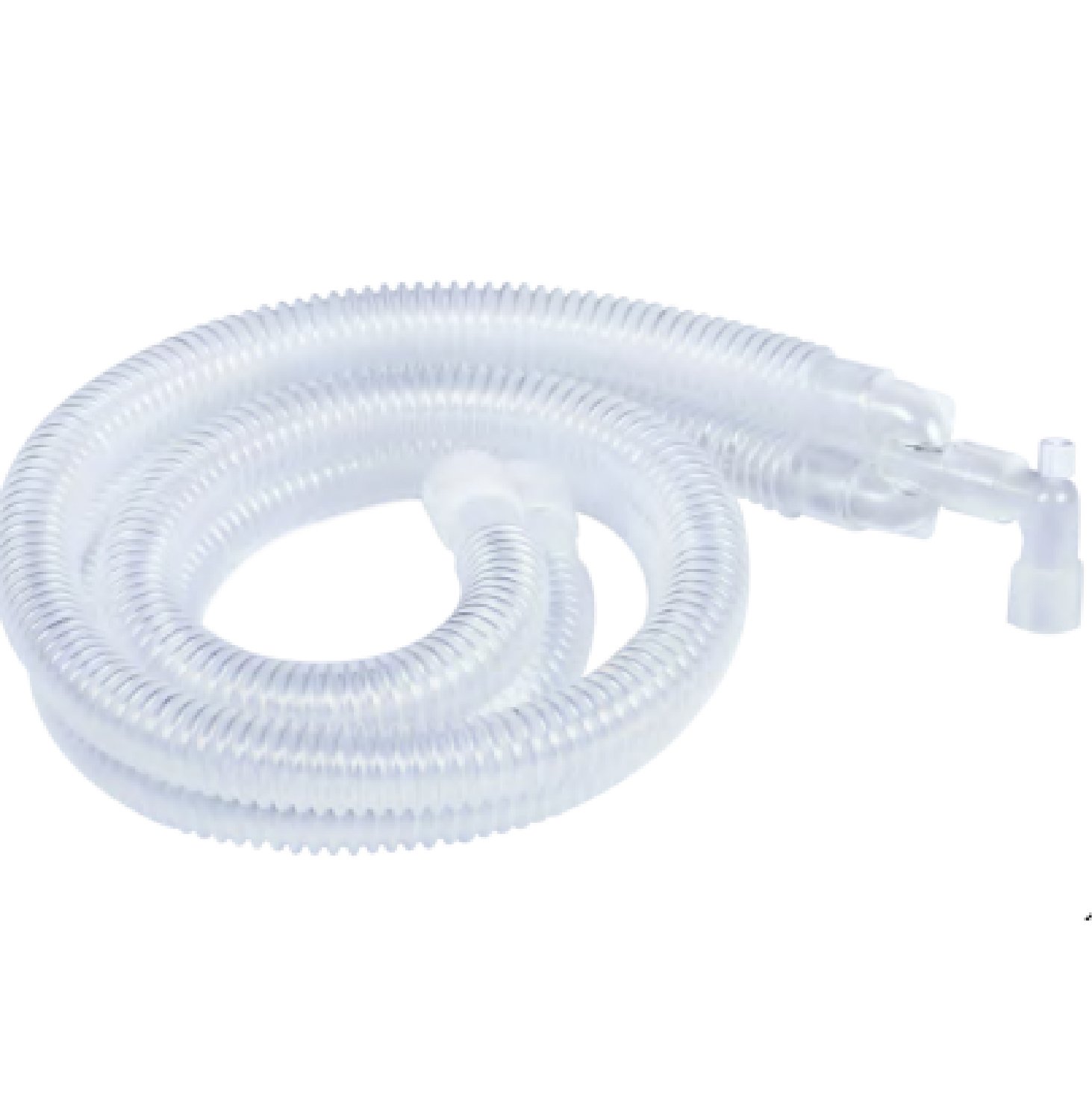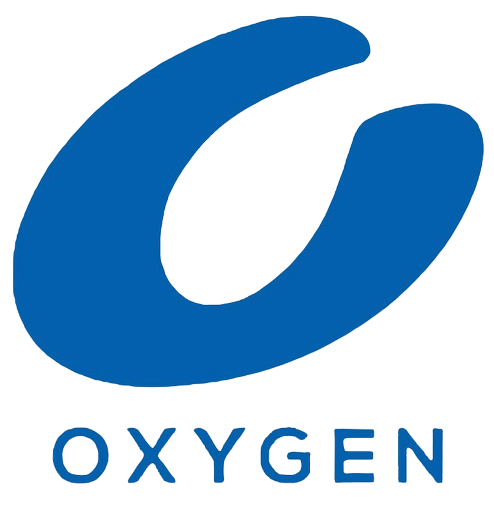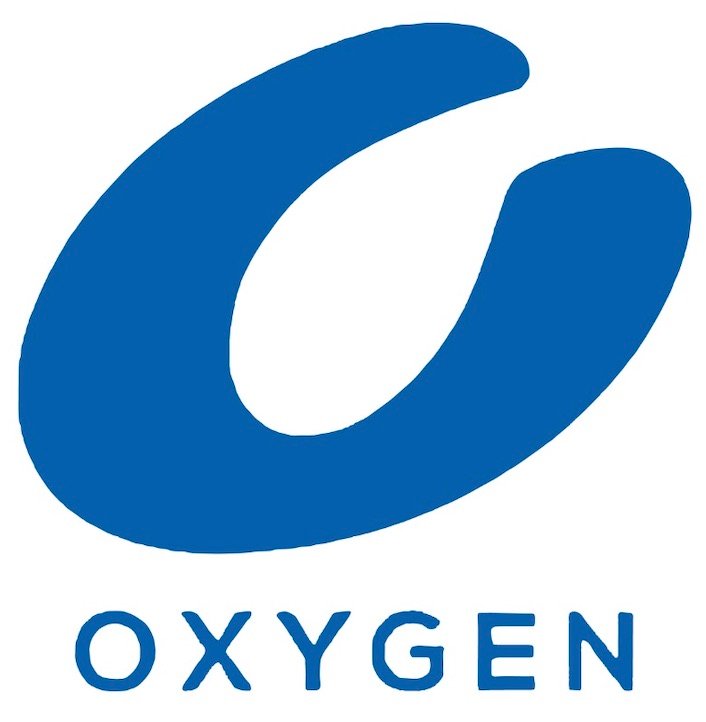"The Oxygen Health and Medical Services:
Your Breath of Trust in
Healthcare."
Continuous Positive Airway Pressure(CPAP)
Purpose: CPAP therapy
is primarily used to treat obstructive sleep apnea, a condition where the airway becomes
partially or completely blocked during sleep, leading to interruptions in breathing and
disruptions in sleep patterns. The CPAP machine delivers a continuous stream of air pressure
through a mask to keep the airway open and prevent these interruptions.
Benefits:The primary
benefit of CPAP therapy is the alleviation of sleep apnea symptoms. This can result in
improved sleep quality, reduced daytime fatigue, increased alertness, and decreased risk of
complications associated with untreated sleep apnea, such as cardiovascular problems and
cognitive impairments.
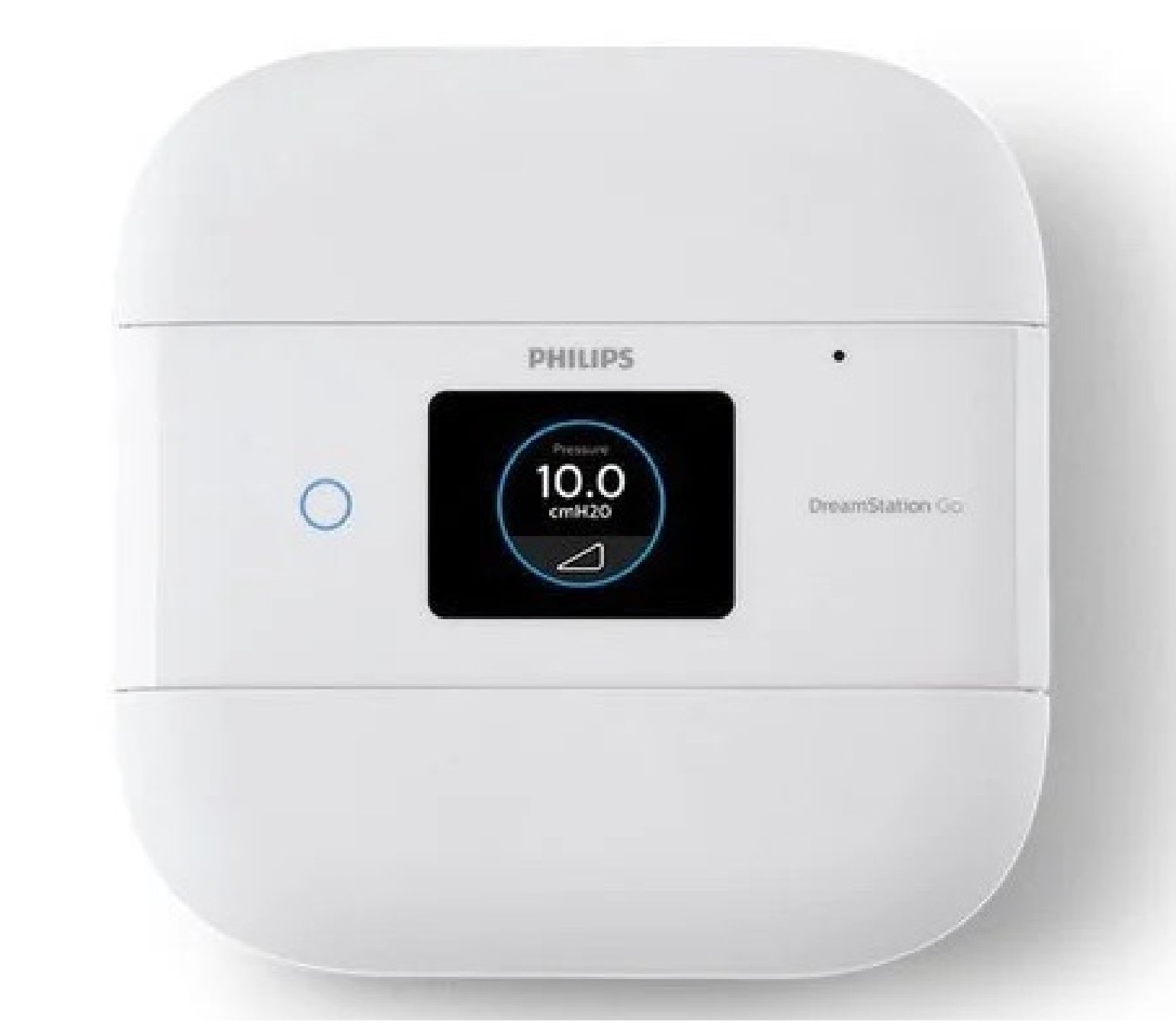
CPAP
Bilevel Positive Airway Pressure(BI-PAP)
Purpose: BiPAP is used
to assist individuals in breathing more effectively by providing
varying levels of air pressure. Unlike continuous positive airway pressure (CPAP), which
delivers a constant pressure to keep the airway open, BiPAP provides two different pressure
settings: a higher pressure when the individual inhales and a lower pressure when they exhale.
This makes it easier for individuals with certain breathing difficulties to breathe in and
out, particularly when they have difficulty exhaling against a high continuous pressure.
Benefits:The primary
benefit of BiPAP therapy is to improve the quality of sleep and overall
well-being of individuals with sleep-related breathing disorders. It can reduce daytime
fatigue, improve oxygen levels, and decrease the risk of complications associated with
untreated sleep apnea or other respiratory conditions.
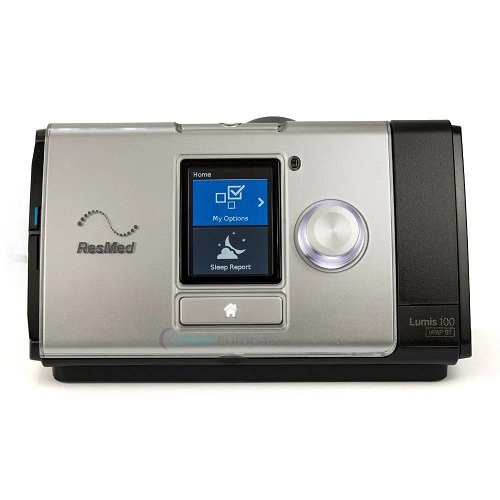
BI-PAP
Oxygen Concentrator
Purpose: Oxygen
concentrators are used to treat individuals with various respiratory conditions, such as
chronic obstructive pulmonary disease (COPD), emphysema, asthma, and other lung disorders.
They can also be used to assist individuals recovering from surgery or illness who may need
temporary oxygen support.
Benefits:The primary
benefit of using an oxygen concentrator is the ability to significantly increase the oxygen
levels in the air a person breathes. This can help alleviate symptoms of low oxygen levels,
such as shortness of breath, fatigue, and confusion.Adequate oxygen levels can improve an
individual's overall quality of life by allowing them to engage in everyday activities with
greater ease. This can include walking, climbing stairs, and participating in social and
recreational activities.
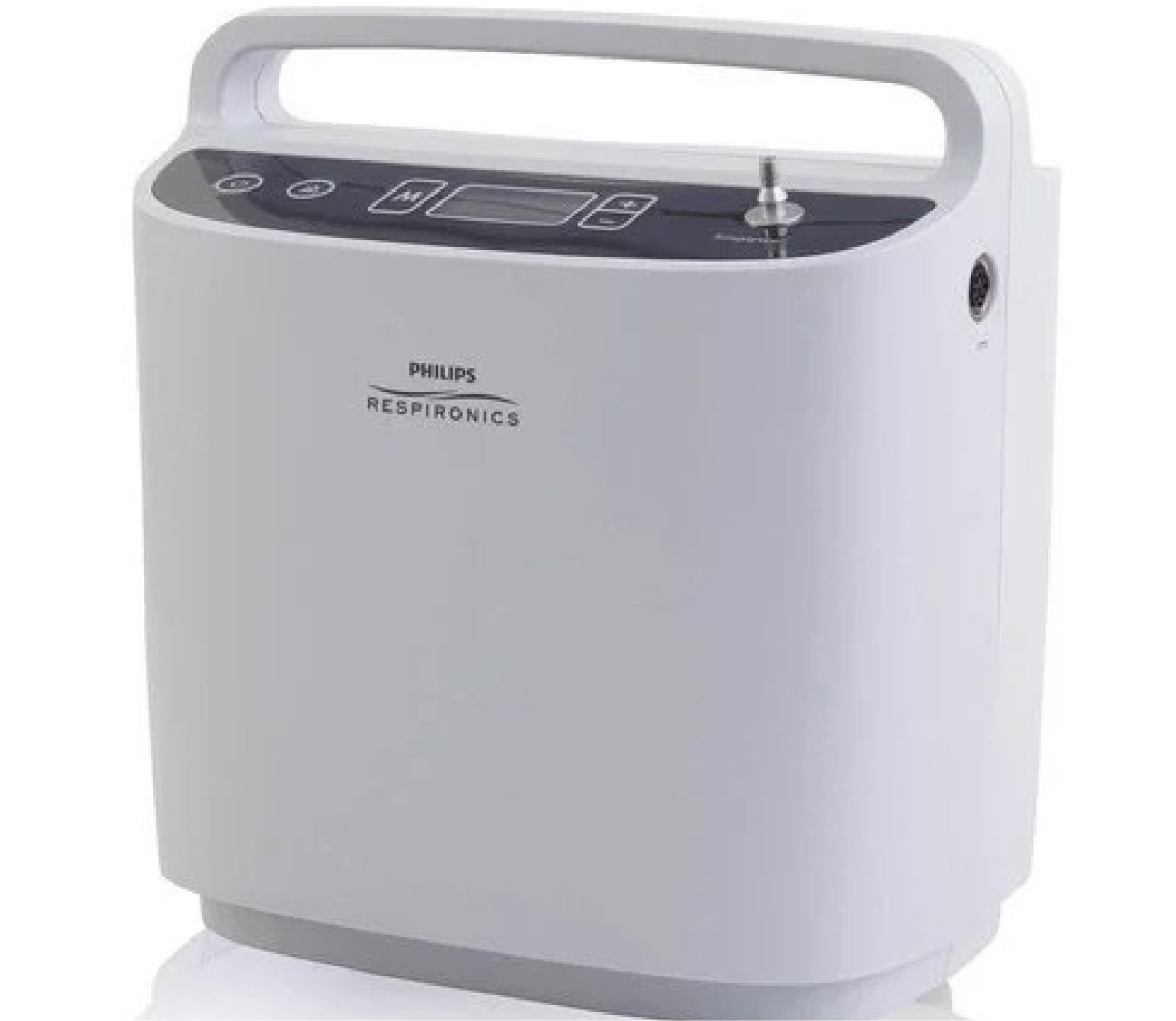
Oxygen Concentrator
Ambu Bags
Purpose:An AMBU bag,
also known as a manual resuscitator or bag valve mask (BVM), is a device used to provide
respiratory support to patients in emergency and non-emergency situations. It consists of a
self-inflating bag, a mask or mouthpiece, and a valve to control the flow of air.One of the
primary uses of an Ambu bag is resuscitation in emergency situations, such as cardiac arrest.
Benefits:One of the
primary uses of an Ambu bag is resuscitation in emergency situations, such as cardiac arrest.
It can also be used to provide respiratory support to patients who are unable to breathe on
their own, either temporarily or on a long-term basis. Ambu bags can also be used to maintain
airway patency, for example, in cases of severe asthma attacks or allergic reactions.
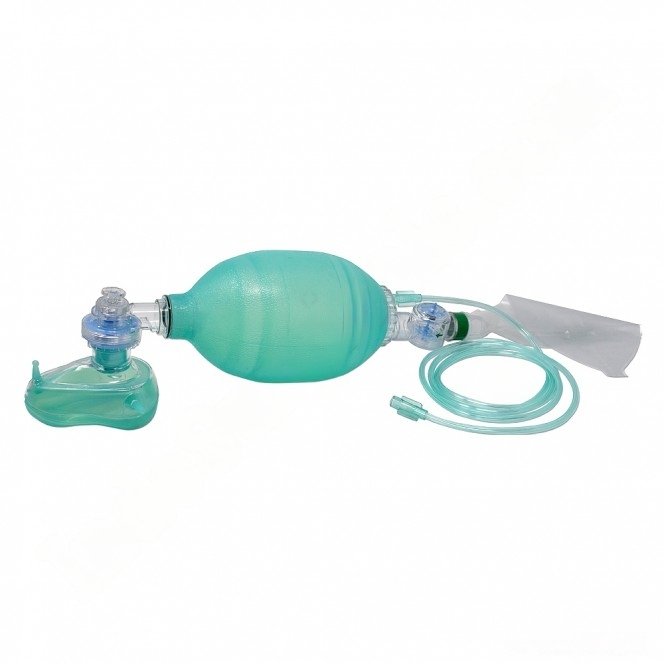
Ambu Bags
Airvo 2 (HFNC device)
Purpose:The primary
purpose of the Airvo 2 is to provide respiratory support to patients who have difficulty
breathing due to conditions such as chronic obstructive pulmonary disease (COPD), pneumonia,
asthma, or post-operative recovery.The device can deliver a controlled flow of oxygen to
patients to maintain or improve oxygen levels in the blood. This is important for patients
with hypoxemia (low blood oxygen levels).
Benefits:Patients
often find HFNC therapy, such as that delivered by the Airvo 2, more comfortable than
traditional oxygen masks or non-invasive ventilation methods.The device can effectively
improve oxygenation in patients, making it a valuable tool for managing hypoxemia and
preventing respiratory failure.
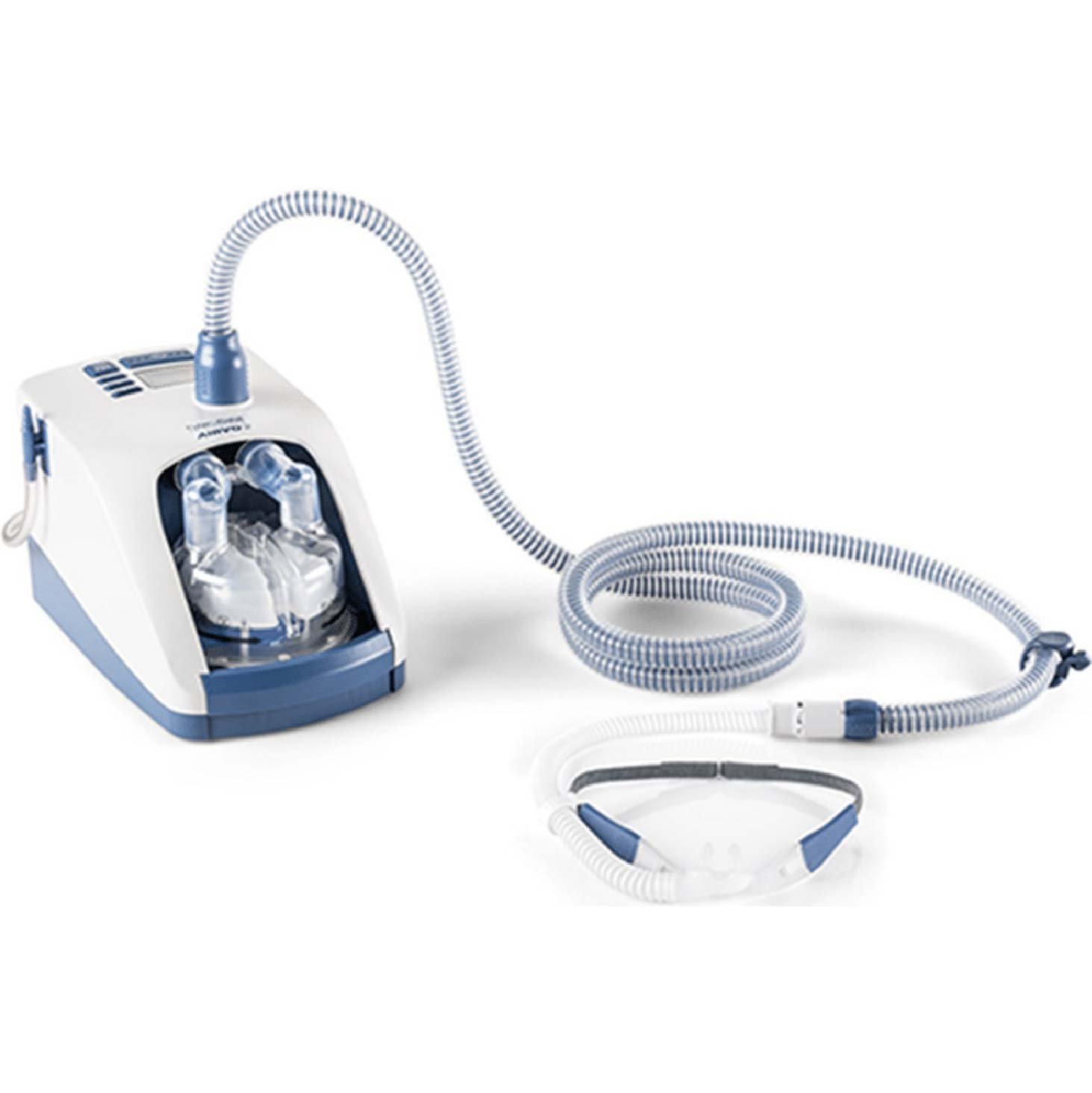
Airvo 2 (HFNC device)
CPAP/Bi-PAP Full Face Mask
Purpose:These masks
cover both the nose and mouth, ensuring a secure seal and providing multiple points of entry
for the positive airway pressure, which can be especially useful for patients who breathe
through their mouth during sleep or those with nasal congestion. Full face masks typically
come with adjustable headgear straps that secure the mask in place, ensuring a comfortable fit
for the patient.
Benefits: CPAP and
BiPAP full face masks are highly effective in treating sleep-disordered breathing conditions,
particularly in patients who have issues with mouth breathing, congestion, or a need for
higher airflow pressure.The full face masks are designed to be comfortable and provide a
secure seal, helping patients to better tolerate and adhere to their therapy.
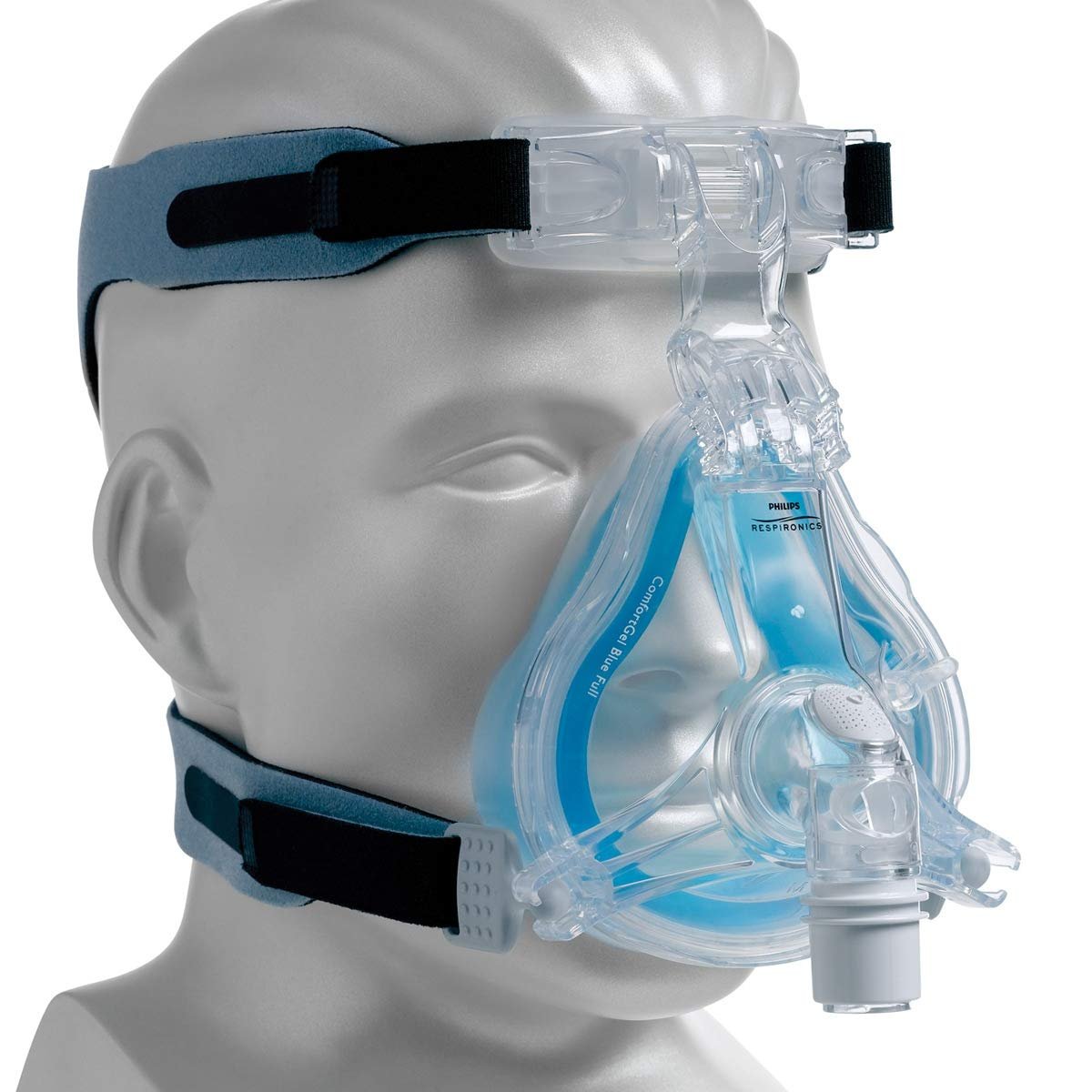
CPAP/Bi-PAP Full Face Mask
Nasal Mask
Purpose: Nasal masks
cover only the nose, leaving the mouth uncovered. They are an option for patients who are
comfortable breathing through their nose during sleep. The mask features cushioning or
silicone seals that create a comfortable and airtight fit, minimizing air leaks and ensuring
the effectiveness of positive airway pressure therapy.
Benefits: Nasal masks
are highly effective in treating sleep-disordered breathing conditions, particularly in
patients who primarily breathe through their nose during sleep.Nasal masks offer comfort and a
secure seal, making them well-tolerated by patients, which improves adherence to
therapy.Unlike full face masks, nasal masks cover only the nose, leaving the mouth free. Some
patients prefer this minimal facial contact, finding it less intrusive.
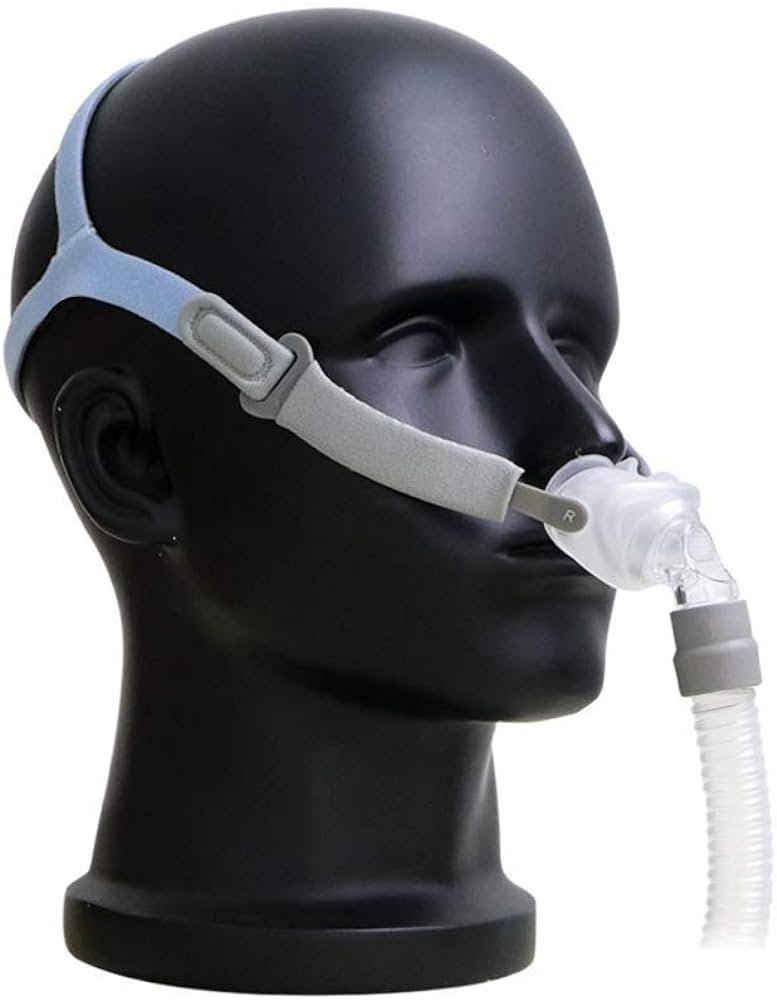
Nasal Mask
Nasal Pillow
Purpose:Nasal pillows
are among the least invasive types of CPAP masks. They consist of soft, cushioned inserts that
fit directly into the nostrils, leaving the patient's mouth and most of the face uncovered.
Nasal pillow masks are designed to create a secure seal by positioning the nasal pillows
snugly in the nostrils, reducing the likelihood of air leaks and ensuring effective therapy.
Benefits: Nasal
pillows are known for their comfort and are well-tolerated by many patients, which can improve
compliance with CPAP therapy. Patients who prefer minimal contact with their face often find
nasal pillows less intrusive and more suitable for their needs.Nasal pillows are easy to put
on and adjust, and they allow patients to maintain a clear line of sight, making activities
like reading or watching TV before sleep more convenient.
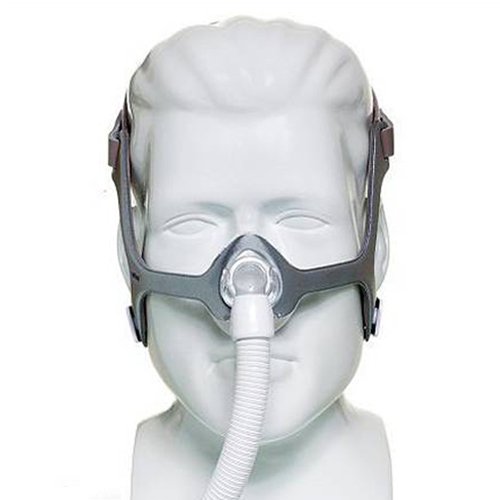
Nasal Pillow
Inflatable Mask
Purpose:The primary
purpose of an inflatable mask is to establish and maintain a patent (open) airway in patients
during various medical procedures, surgeries, and when they are under anesthesia. It offers an
alternative to traditional endotracheal intubation.Inflatable masks are used to facilitate
positive pressure ventilation, allowing controlled delivery of air or oxygen to the patient's
lungs. This is important during general anesthesia, sedation, or when mechanical ventilation
is required.
Benefits: Inflatable
masks can be inserted rapidly with less technical skill compared to endotracheal intubation,
making them a valuable tool in emergency situations.Patients often experience less discomfort
and irritation with an inflatable mask compared to an endotracheal tube, especially when used
for shorter procedures.
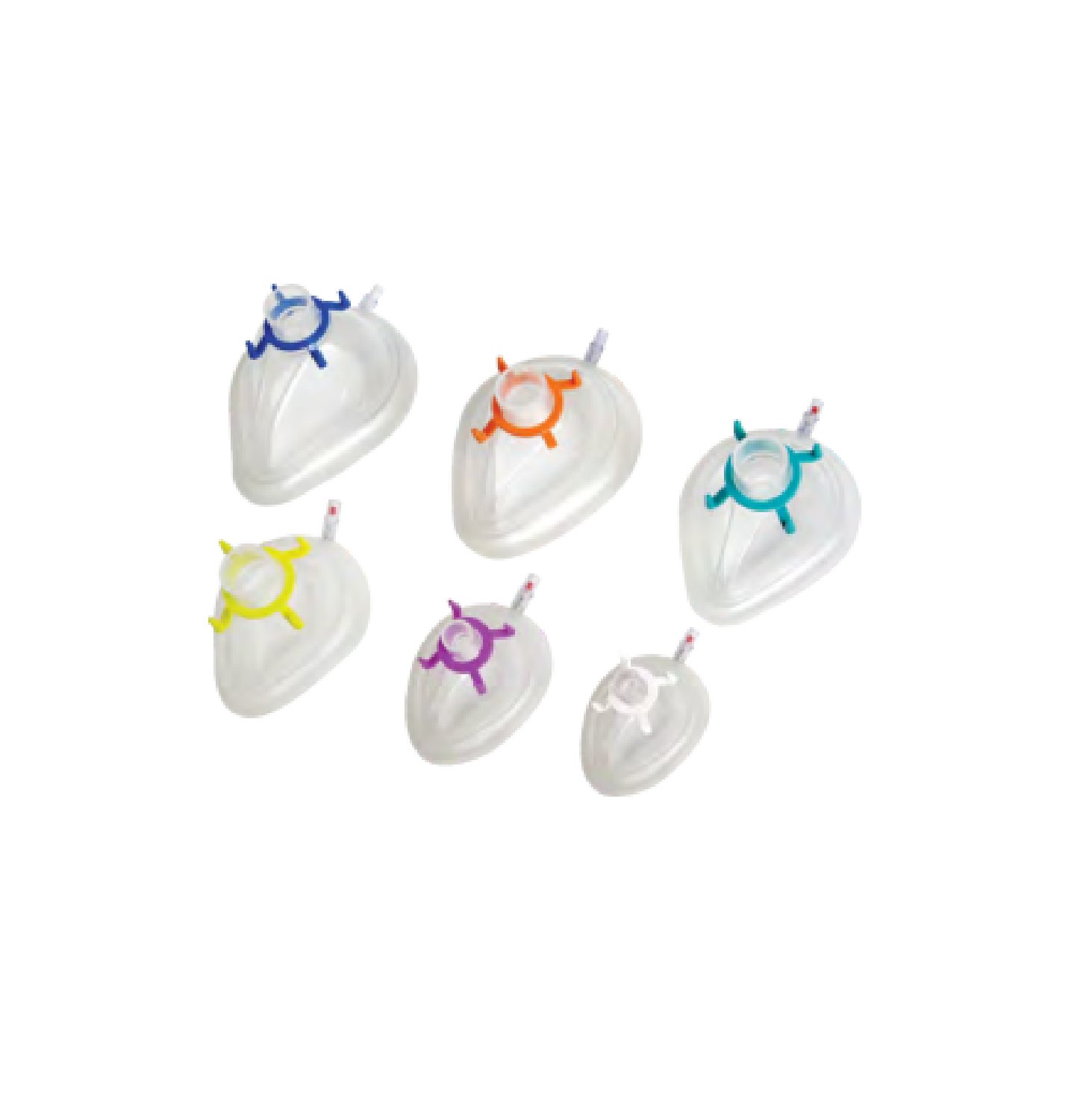
Inflatable Mask
Anesthesia Mask
Purpose: The primary
purpose of an anesthesia mask is to deliver inhalational anesthetic agents, such as
sevoflurane, isoflurane, or desflurane, to induce and maintain general anesthesia in patients
during surgical procedures.Anesthesia masks are used to maintain a patient's airway and ensure
that they receive a controlled mixture of anesthetic gases and oxygen, allowing them to remain
unconscious and free from pain during surgery.
Benefits:Anesthesia
masks allow for precise control over the concentration of anesthetic gases delivered to the
patient, ensuring that they receive the appropriate depth of anesthesia.Anesthesia masks are a
non-invasive method of delivering anesthesia, making them suitable for patients who may not
tolerate endotracheal intubation or other invasive airway management techniques.
Anesthesia Mask
Laryngeal Mask Airway
LMAs are used to secure and maintain a clear airway during surgeries, medical examinations,
and other procedures where the patient may be unconscious or unable to protect their
airway.They are particularly useful for positive pressure ventilation, which means they allow
for the controlled delivery of air or oxygen to the patient's lungs. This is important during
general anesthesia or when mechanical ventilation is required.
Benefits:LMAs are
easier and quicker to insert than endotracheal tubes (ETTs), which require more skill and
equipment. This can be especially important in emergency situations where speed is
crucial.They are considered less invasive than ETTs because they do not enter the trachea.
This can lead to fewer complications, such as damage to the vocal cords or tracheal
irritation.
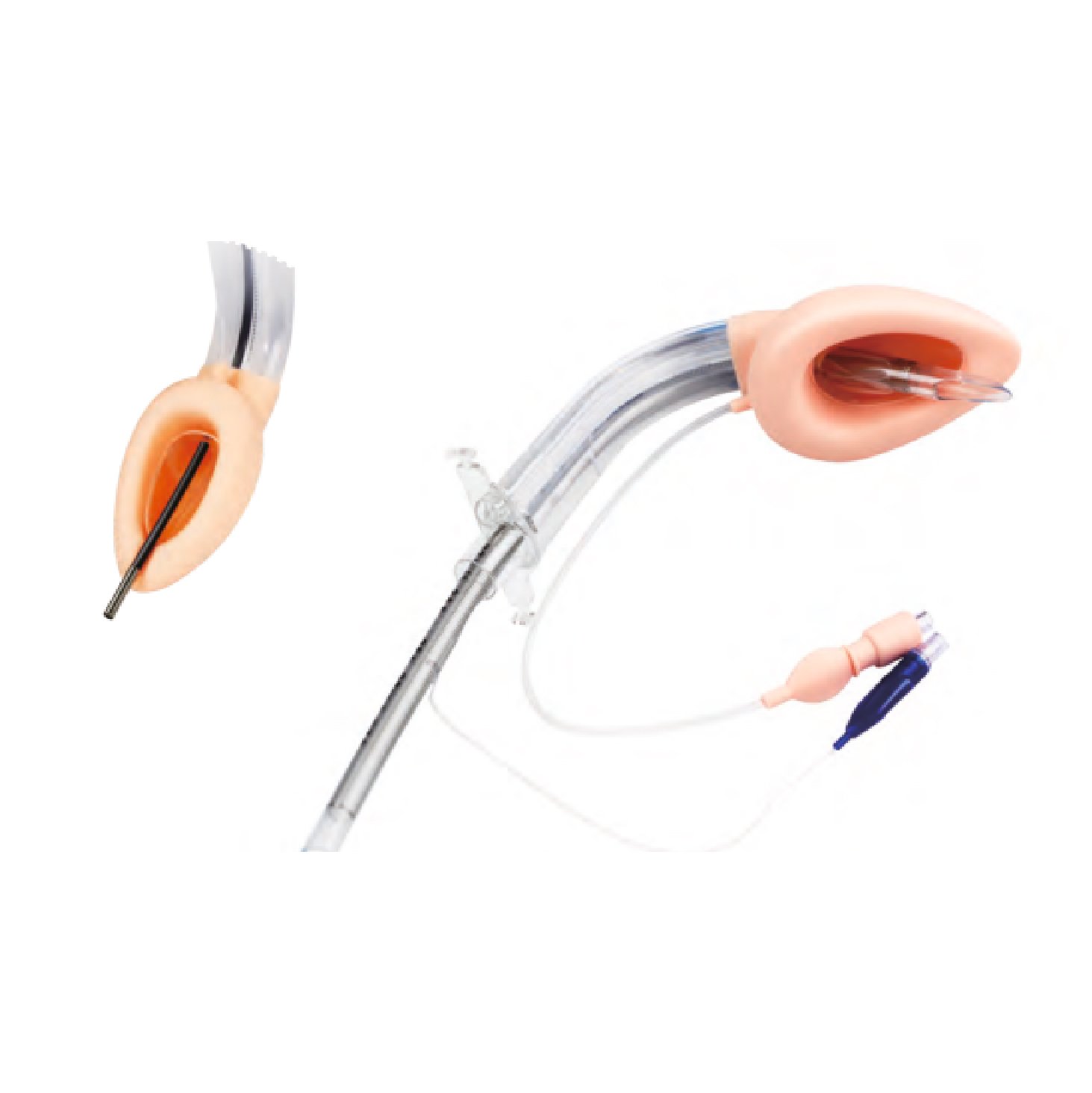
Laryngeal Mask Airway
Double Lumen Laryngeal Mask Airway
Purpose: The
dual-lumen design allows for selective ventilation of the lungs while sealing the esophagus,
which is beneficial in situations where it's important to prevent aspiration of gastric
contents. This can be especially useful during surgeries, such as laparoscopic procedures,
where the risk of regurgitation is higher.
Benefits: By isolating
the esophagus and preventing the passage of air or gastric contents into the trachea, DL-LMAs
can reduce the risk of regurgitation and pulmonary aspiration in patients under anesthesia.
DL-LMAs enable separate ventilation of the trachea, which can help maintain adequate
oxygenation and ventilation even if one lumen becomes obstructed or dislodged. This redundancy
can be particularly important in emergency situations.
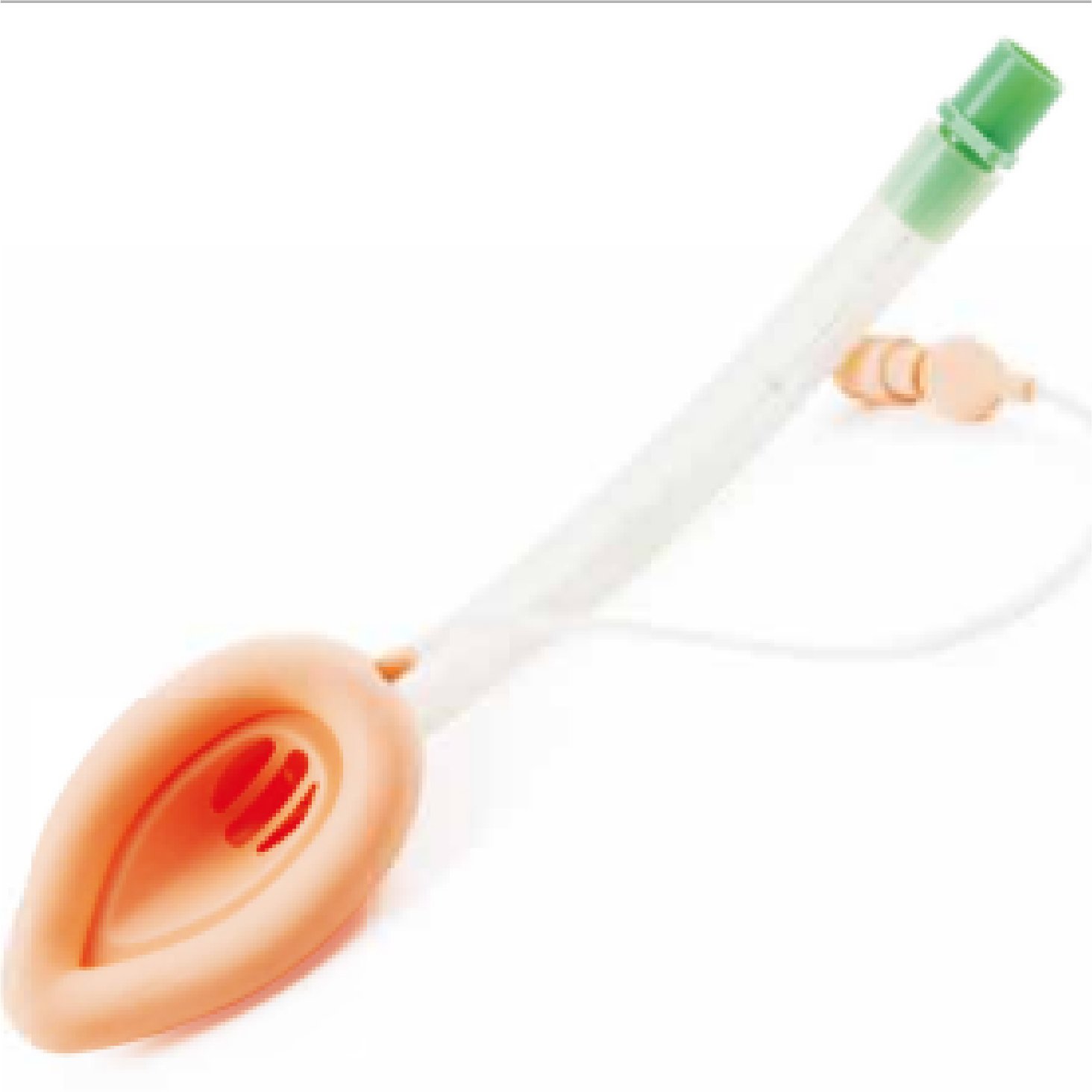
Double Lumen Laryngeal Mask Airway
UpToDate(Wolters Kluwer)
Purpose: UpToDate is
primarily used to assist healthcare providers in making clinical decisions by offering
information and guidelines related to patient diagnosis, treatment, and management. It serves
as an educational resource for medical professionals, students, and researchers, helping them
access authoritative information and stay updated with the latest medical knowledge.
Benefits:UpToDate
provides access to high-quality, evidence-based medical information that is continuously
reviewed and updated, helping healthcare professionals make informed decisions based on the
latest research and clinical guidelines.It assists healthcare providers in diagnosing,
managing, and treating a wide range of medical conditions, ensuring that the most current and
relevant information is available at the point of care.
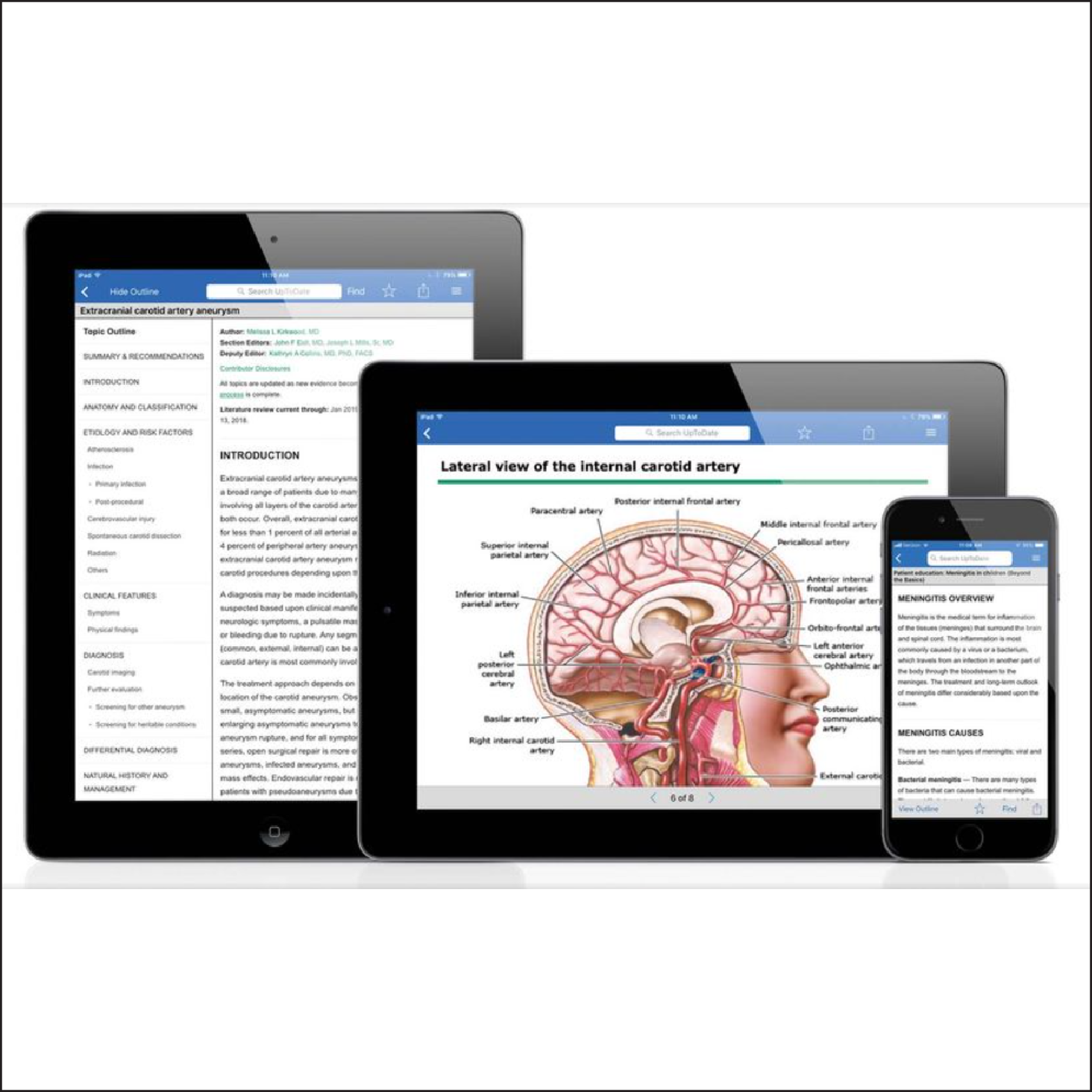
UpToDate(Wolters Kluwer)
Non-Invasive Ventilation Mask(NIV-MASK)
Purpose: NIV masks are
used to provide non-invasive respiratory support to patients with conditions such as chronic
obstructive pulmonary disease (COPD), congestive heart failure, pneumonia, acute respiratory
distress syndrome (ARDS), and other respiratory issues. They help improve oxygenation and
assist with the removal of carbon dioxide from the body.
Types of NIV Masks:
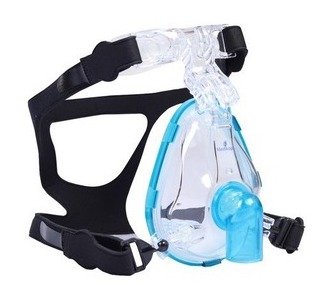
NIV MASK
Nebulizer
Purpose: A nebulizer
is a medical device used to deliver medication in the form of a fine mist or aerosol to the
lungs. It is commonly used to treat respiratory conditions such as asthma, chronic obstructive
pulmonary disease (COPD), cystic fibrosis, and other lung diseases. Nebulizers are
particularly useful for individuals who have difficulty using inhalers or require a more
controlled and consistent delivery of medication.
Benefits:TNebulizers
deliver medication directly to the lungs as a fine mist, ensuring efficient and effective
absorption of the medication. This allows for rapid relief of respiratory symptoms.Nebulizers
are used to treat a wide range of respiratory conditions, including asthma, chronic
obstructive pulmonary disease (COPD), cystic fibrosis, bronchitis, and pneumonia, among
others. They can be used in both acute and chronic respiratory conditions.
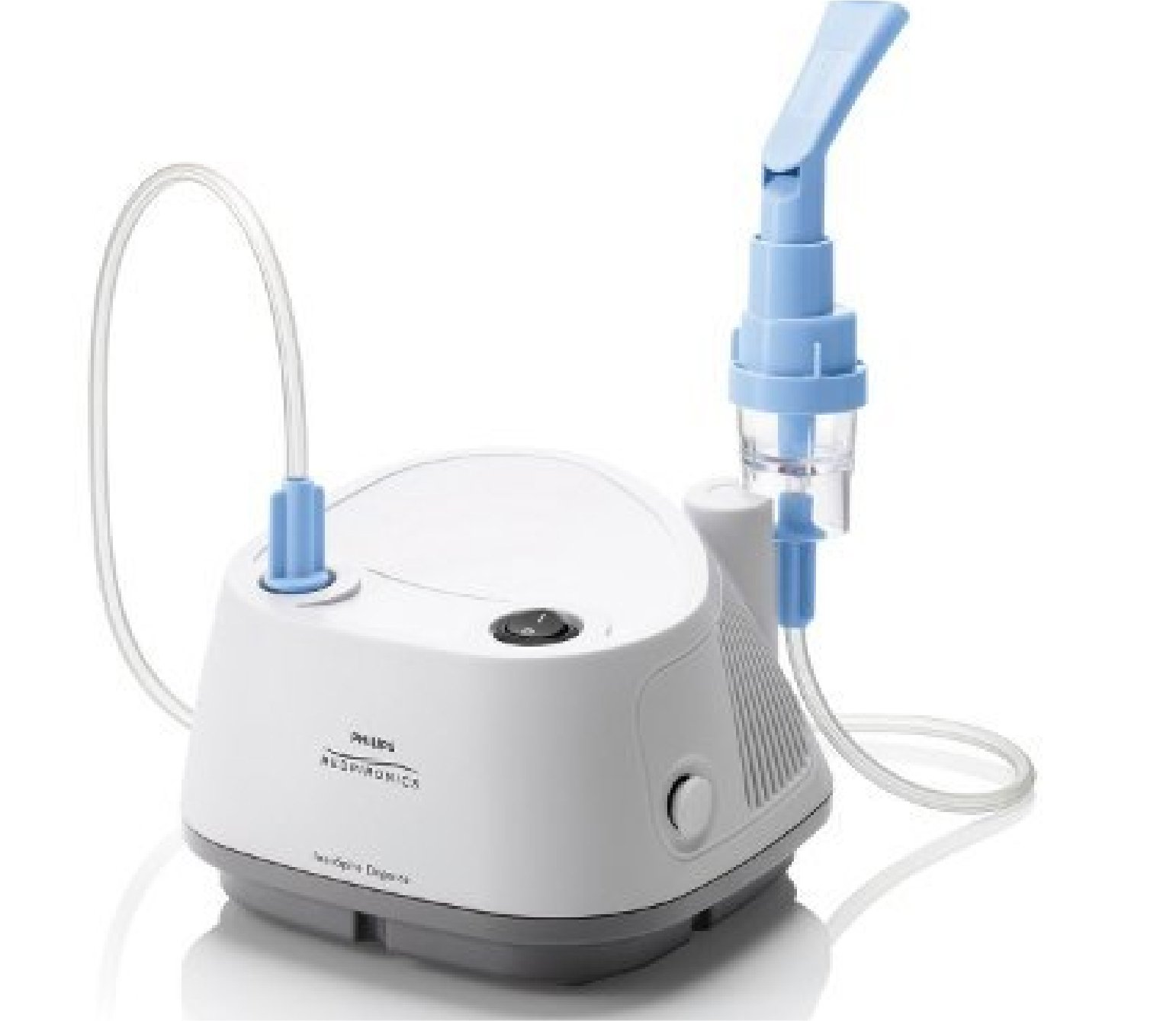
Nebulizer
Sleep labs
Purpose:The Primary
Purpose of Sleep labs is addition to diagnosis, a sleep study might help determine a treatment
plan if you've been diagnosed with a sleep disorder. It also might be used to adjust your
treatment.
Sometimes you may be able to do the sleep study at home. Home sleep apnea tests are used to
help diagnose obstructive sleep apnea.
Benefits:Accurate
Diagnosis: Sleep labs use advanced equipment to monitor a person's sleep patterns, brain
activity, heart rate, breathing, and other physiological parameters. This allows for accurate
diagnosis of sleep disorders, which might not be possible with just a clinical evaluation.
Comprehensive Assessment: Sleep labs provide a comprehensive assessment of sleep-related
issues. This includes monitoring for conditions like sleep apnea, insomnia, narcolepsy, and
parasomnias.
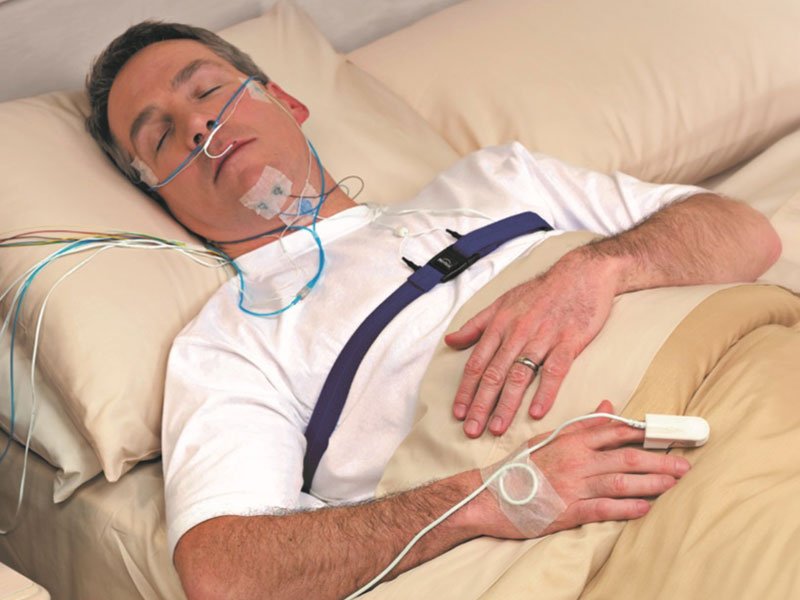
Sleep labs
Ambu Bronchoscopes
Purpose:The Ambu
bronchoscopes is a single-use device for fibreoptic tracheal intubation. We assessed its
performance in 10 patients with predicted difficult tracheal intubation. The procedure was
easy and successful in nine patients. However, the limited time of use did not permit
intubation in one patient who required three attempts with different size tracheal tubes.
Benefits:The Ambu
bronchoscopes Broncho is a family of single-use sterile bronchoscopes that can be used for a
wide range of procedures throughout the hospital. From intubations, airway management, and
thoracic anaesthasia in the OR to routine bronchoscopy in the ICU, aScope 4 Broncho provides a
sterile, convenient, ready-to-go solution.
Ambu Bronchoscopes
PHILIPS TRILOGY Evo OBM PORTABLE ICU VENTILATOR
Purpose: The primary
purpose of the Philips Trilogy Evo OBM is to provide advanced and critical ventilatory support
for patients in intensive care units (ICUs) who have severe respiratory issues. This includes
patients with acute respiratory distress syndrome (ARDS), respiratory failure, or other
life-threatening conditions.It serves as a life-sustaining device, ensuring that patients
receive the necessary oxygen and respiratory support when their natural breathing is
insufficient or compromised due to illness or injury.
Benefits:The Trilogy
Evo OBM enhances patient care by providing high-level ventilatory support, maintaining stable
oxygenation, and promoting positive patient outcomes.The ventilator's adaptive technology
adjusts to the patient's natural breathing patterns, reducing discomfort and the risk of
patient-ventilator asynchrony.
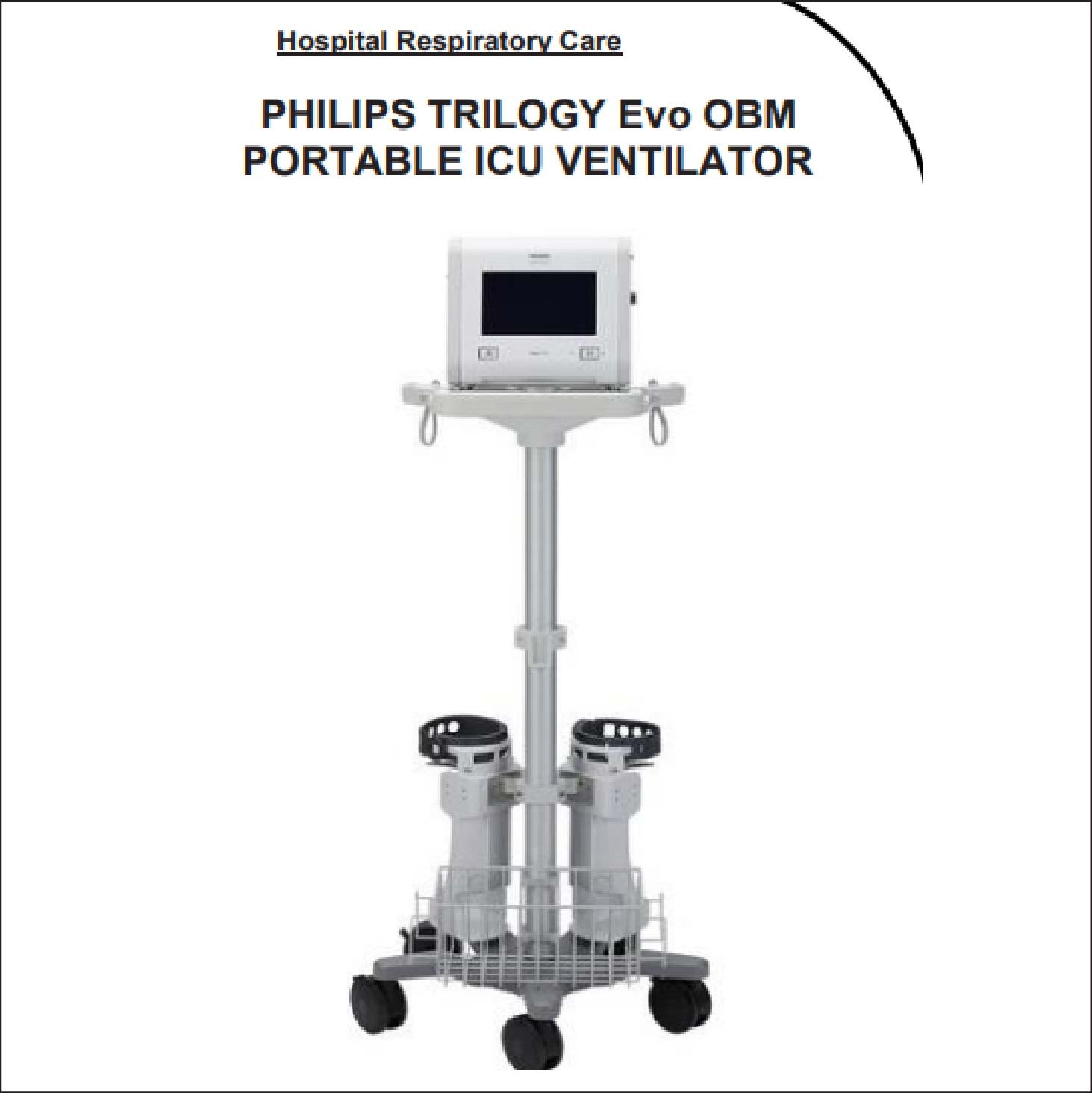
PHILIPS TRILOGY Evo OBM PORTABLE ICU VENTILATOR
Intensive Care Unit (ICU) Ventilator
Purpose:ICU
ventilators are used to assist patients who are unable to breathe effectively due to various
medical conditions, including acute respiratory distress syndrome (ARDS), pneumonia, trauma,
surgery, or neuromuscular disorders. They provide mechanical ventilation by delivering
oxygen-rich air and removing carbon dioxide from the lungs.
Benefits: ICU
ventilators provide life-saving support for patients with severe respiratory failure, allowing
them to receive mechanical ventilation when they are unable to breathe effectively on their
own. This can be crucial in situations where oxygenation and ventilation are compromised due
to illness, injury, or surgery.Ventilators deliver a controlled mixture of oxygen and air
directly into the patient's lungs, ensuring adequate oxygenation of the blood. This is
essential to maintain oxygen levels within a safe and healthy range.
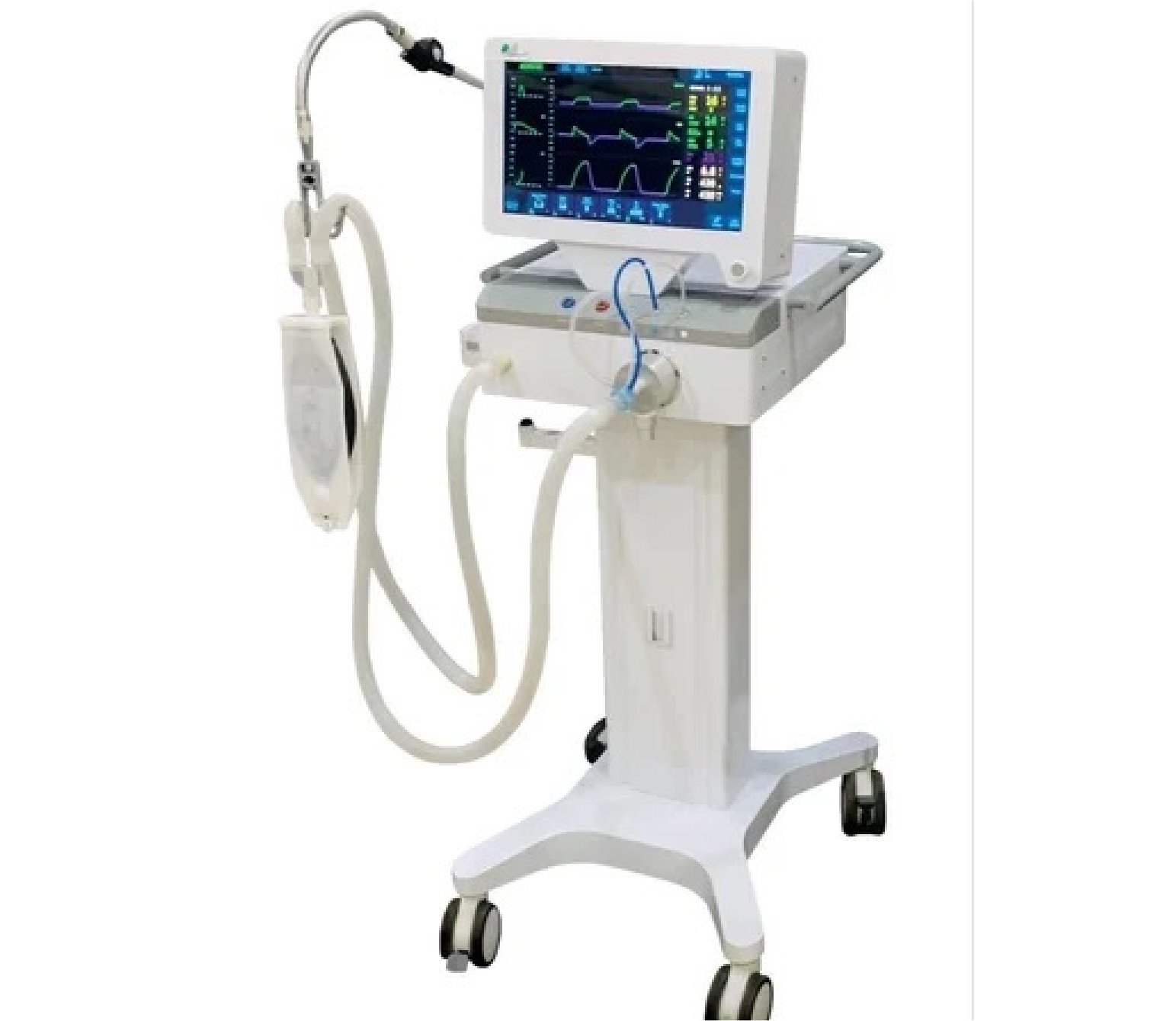
ICU VENTILATOR
Portable Ventilator
Purpose:A portable
ventilator is a medical device designed to provide mechanical breathing support to individuals
who have difficulty breathing on their own. These devices are compact and lightweight, making
them suitable for use in various healthcare settings, including hospitals, home care, and
during transport.
Benefits: Portable
ventilators are designed to be easily transported, allowing patients to receive continuous
ventilation support even when they are on the move. This feature is crucial for patients who
require ventilatory assistance outside of a hospital setting
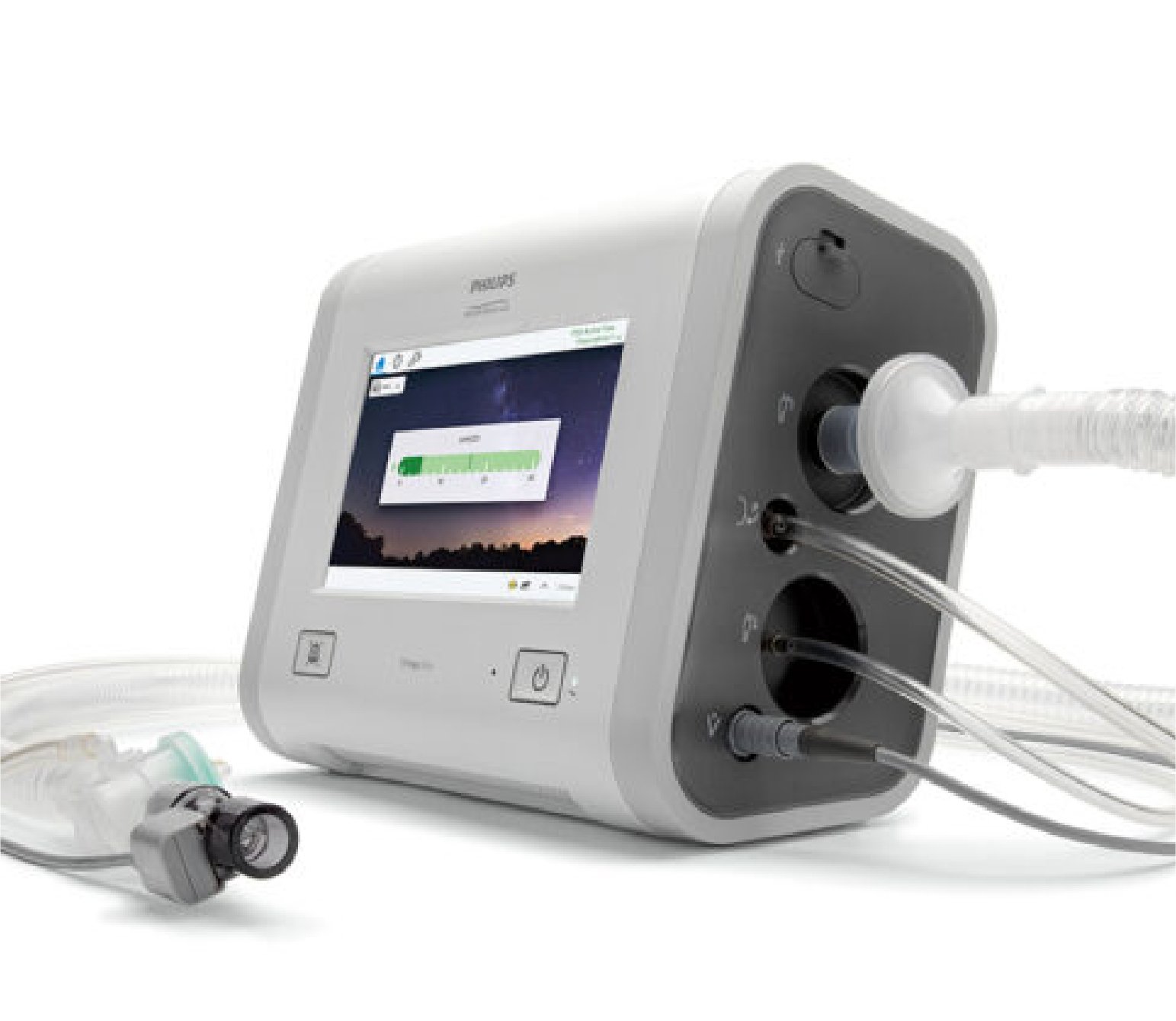
PORTABLE VENTILATOR
Deep Vein Thrombosis (DVT) PUMP
Purpose:The primary
purpose of a DVT pump is to prevent or treat deep vein thrombosis. It does this by applying
intermittent pneumatic compression (IPC) to the lower legs. The device consists of sleeves or
cuffs that wrap around the legs and a control unit that regulates the compression.
Benefits:DVT pumps are
highly effective in reducing the risk of deep vein thrombosis, especially in patients who are
immobile due to surgery, injury, or illness. By promoting blood flow in the lower extremities,
they help prevent the formation of blood clots in the deep veins, which can be
life-threatening if they dislodge and travel to the lungs (pulmonary embolism).DVT pumps can
also be used in the treatment of established blood clots. By applying intermittent compression
to the affected area, they help break down existing clots and prevent their growth.
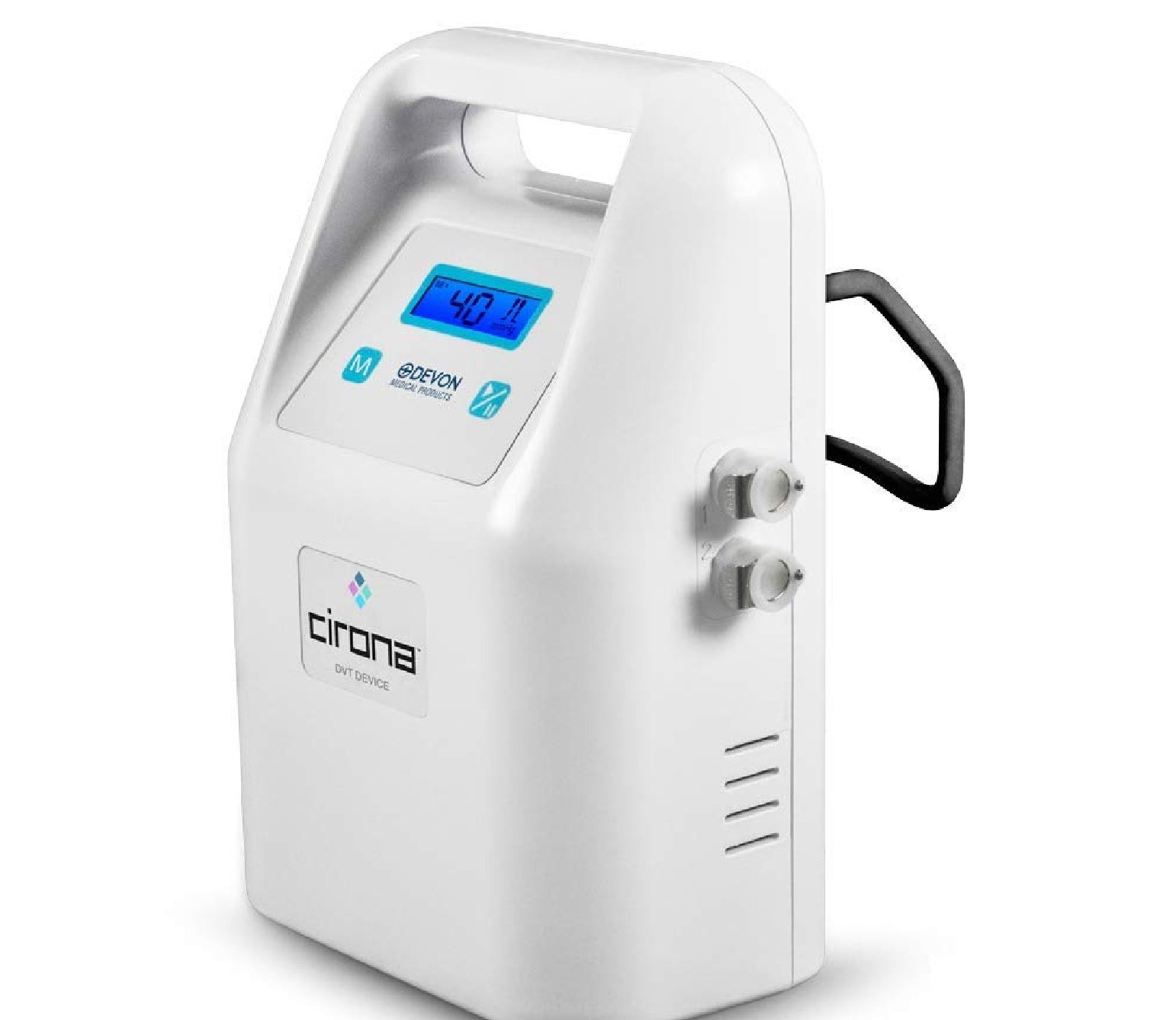
DVT PUMP
Blood Pressure Monitor
Purpose: The device
typically includes an inflatable cuff that is wrapped around the upper arm (or wrist in the
case of wrist monitors) to apply pressure to the brachial artery. An inflation system is used
to inflate the cuff. Most BP machines have a digital display that shows the systolic pressure
(the pressure when the heart beats) and diastolic pressure (the pressure when the heart is at
rest between beats) in millimeters of mercury (mmHg).
Benefits: The primary
benefit of a BP machine is the ability to measure and monitor blood pressure. This is crucial
for diagnosing and managing hypertension (high blood pressure) and other cardiovascular
conditions.Regular blood pressure monitoring helps detect changes in blood pressure levels,
enabling early intervention and prevention of cardiovascular problems.
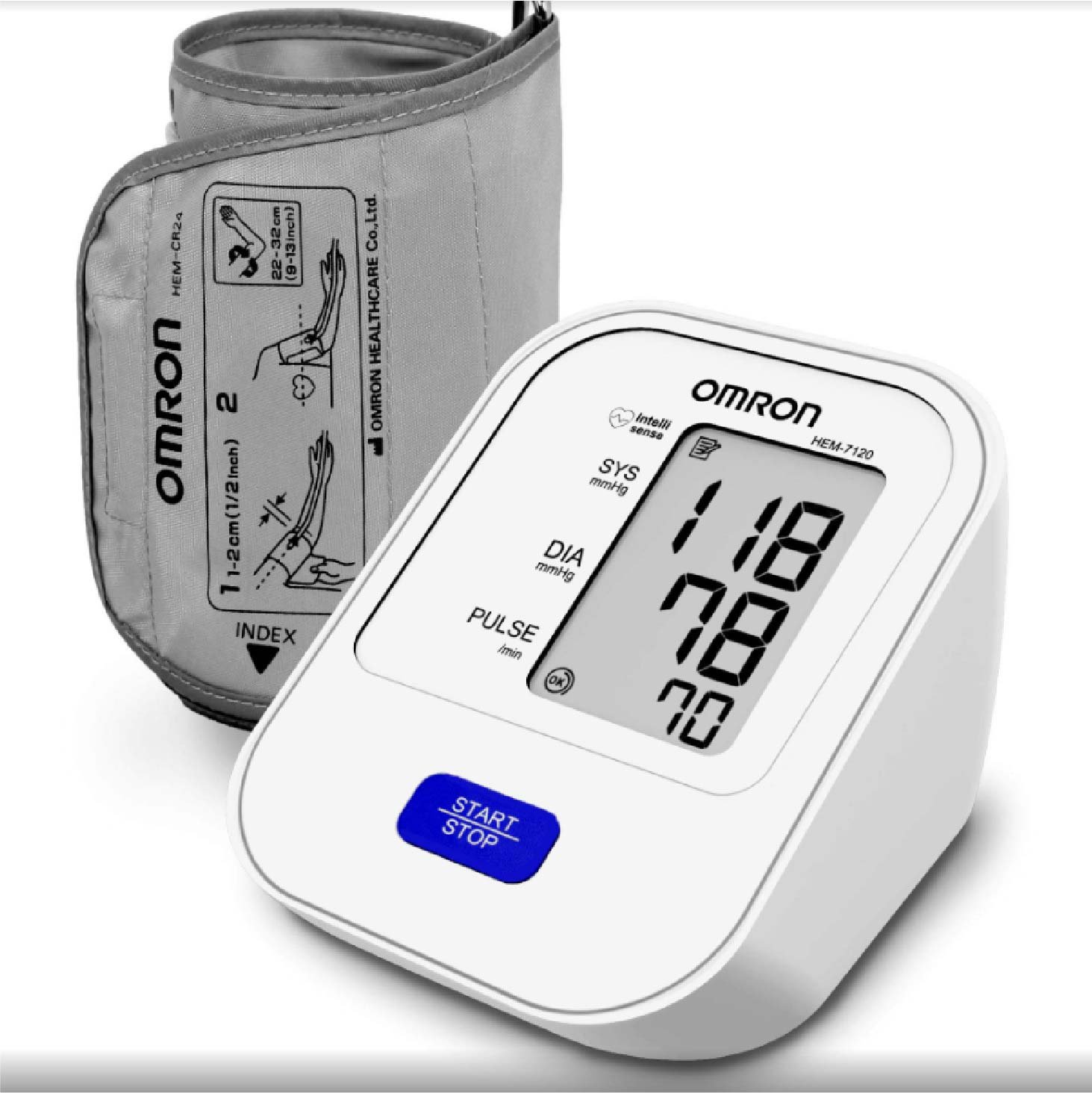
Blood Pressure Monitor
Glucometer
Purpose: A glucometer
requires a small blood sample to measure glucose levels. Most commonly, this sample is
obtained by pricking the fingertip with a lancet.Glucometers use disposable test strips that
contain enzymes to react with the blood sample and provide a glucose reading.
Benefits: The primary
benefit of a glucometer is the ability to measure and monitor blood glucose levels, which is
crucial for managing diabetes.Glucometers provide real-time blood glucose readings, allowing
individuals to make immediate decisions regarding insulin doses, medication, diet, and
exercise.
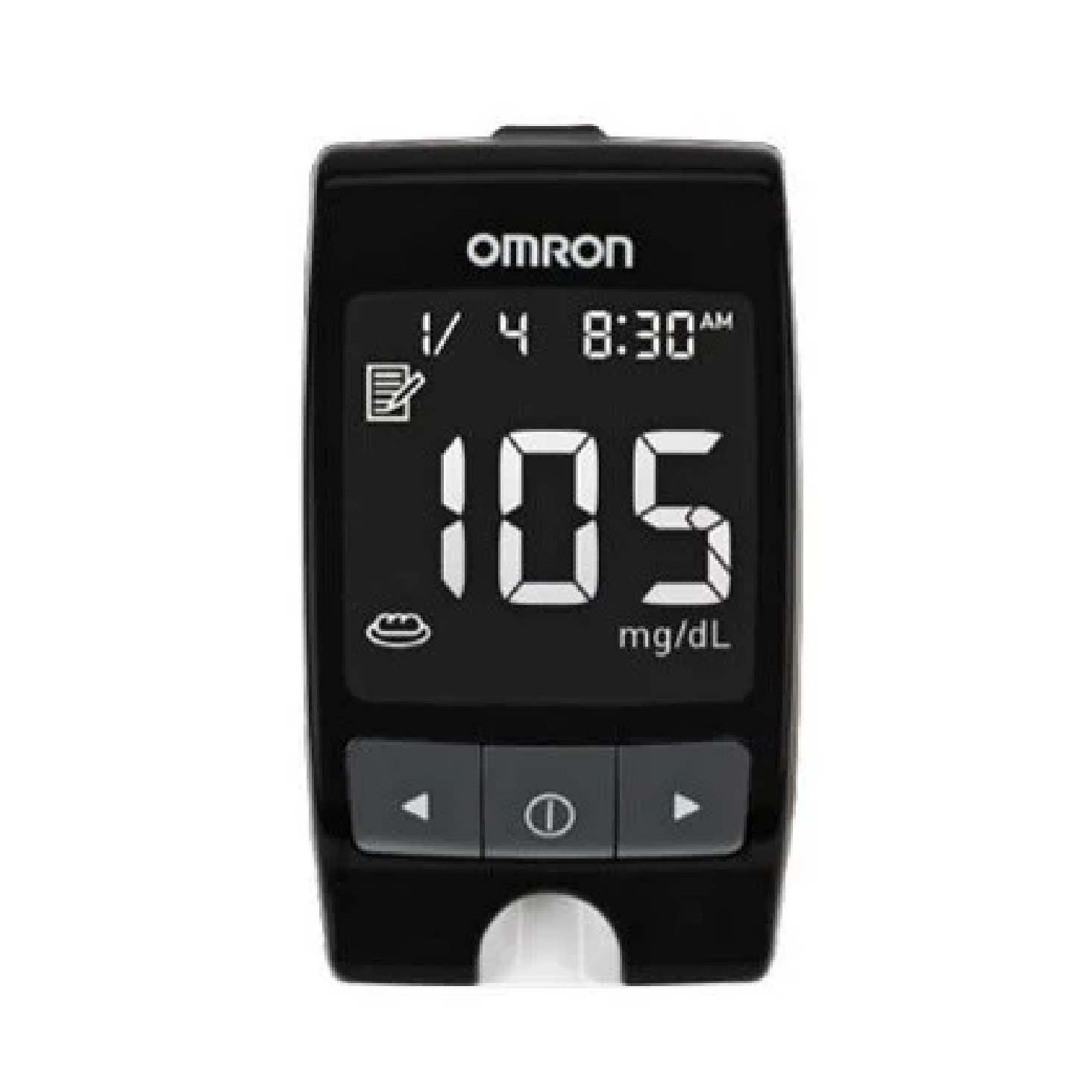
Glucometer
Pulse oximeter
Purpose: Pulse
oximeters are primarily used to measure the oxygen saturation level in a person's blood. This
measurement indicates the percentage of oxygen-bound hemoglobin in the blood compared to the
total hemoglobin. It provides information about how effectively oxygen is being carried by the
bloodstream to the body's tissues.
Benefits:The primary
benefit of pulse oximeters is their ability to measure oxygen saturation levels (SpO2) in the
blood. This information is crucial for assessing how well oxygen is being transported from the
lungs to the body's tissues. Monitoring oxygen levels is particularly important for
individuals with respiratory conditions, such as asthma, COPD, or sleep apnea, as well as
those recovering from surgery.
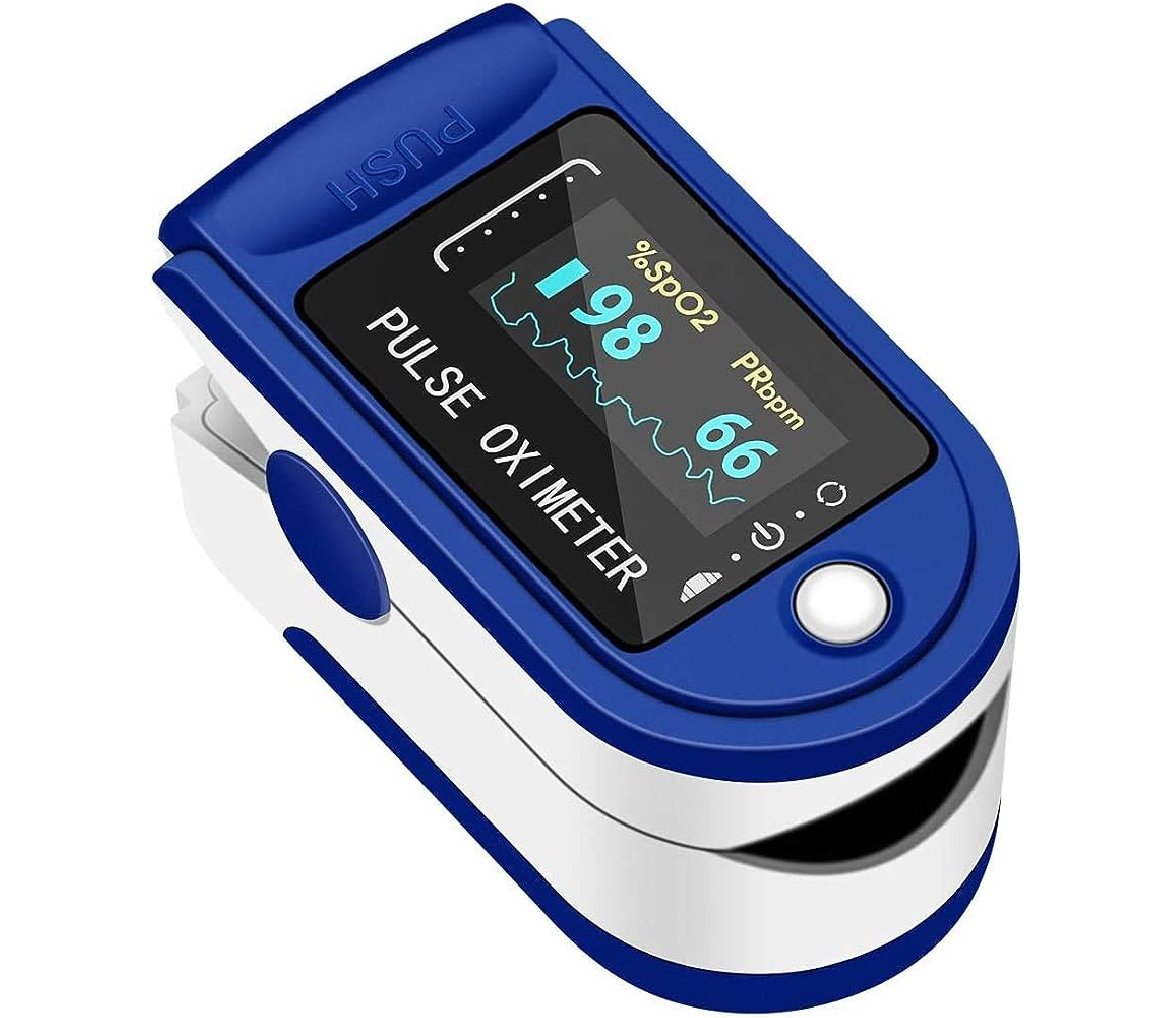
OXIMETER
Manual Resuscitator
Purpose: The main
purpose of a manual resuscitator is to deliver controlled breaths to a patient who is not
breathing or is breathing inadequately. This is crucial in cases of respiratory failure,
cardiac arrest, or when a patient's natural breathing is compromised. Manual resuscitators are
often used during the process of intubation to provide temporary ventilation before or after
the insertion of an endotracheal tube (ETT) or tracheostomy tube.
Benefits: Manual
resuscitators are readily available and provide an immediate response in emergency situations,
helping to maintain oxygenation while more definitive airway management is
established.Healthcare providers can control the rate and volume of breaths delivered,
allowing for individualized care and adjustment of ventilation to the patient's specific
needs.
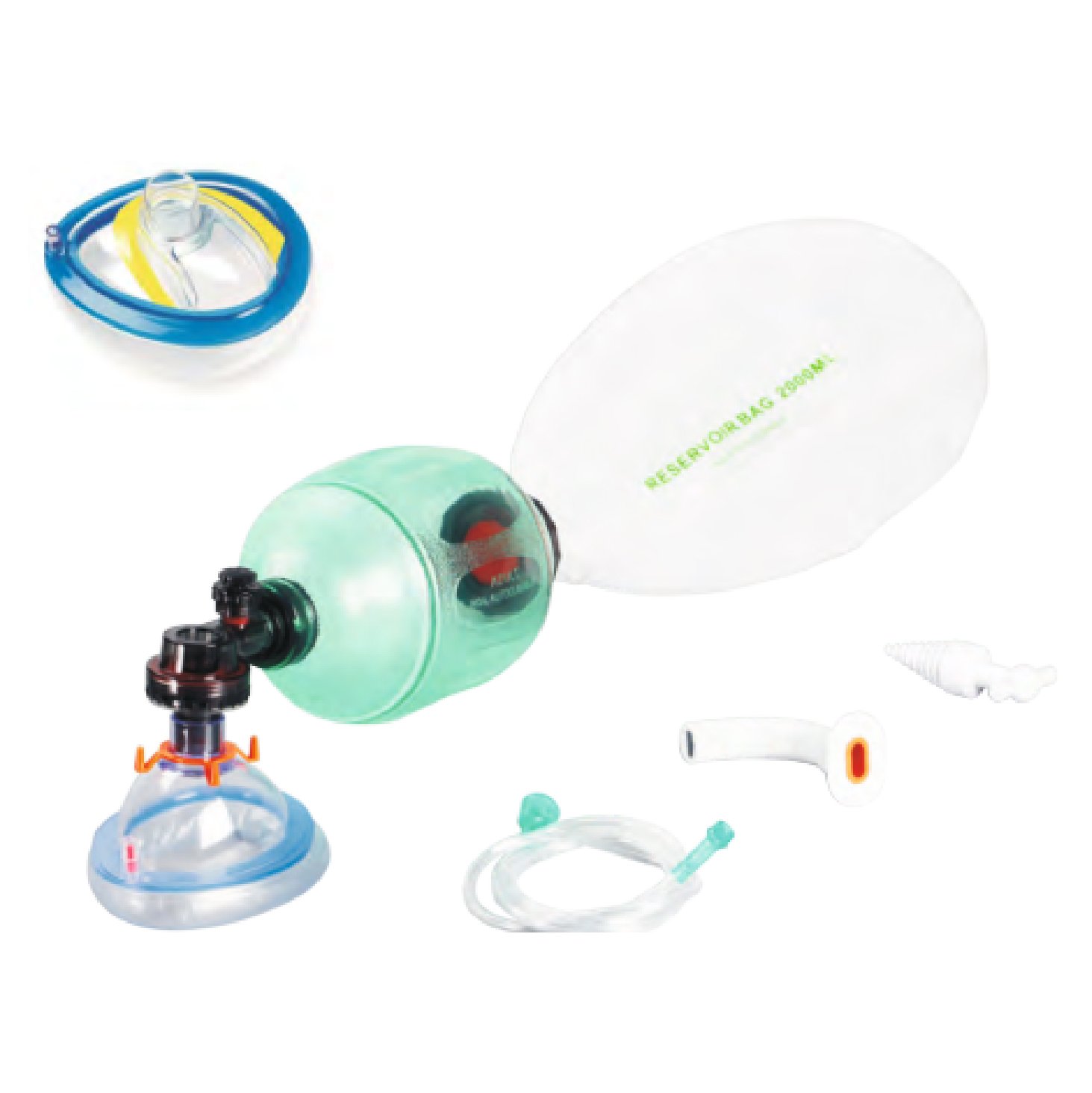
Manual Resuscitator
Breathing Circuit
Purpose: A breathing
tube, also known as an endotracheal tube or ET tube, serves the primary purpose of
establishing and maintaining a secure airway for patients in need of mechanical ventilation or
life support.It is inserted through the mouth or nose, advanced into the trachea, and is
typically connected to a ventilator or other respiratory support equipment.
Benefits:The key
benefits of a breathing tube include the ability to deliver a controlled supply of oxygen and
assist with the removal of carbon dioxide, ensuring proper oxygenation and ventilation for
patients, especially those under anesthesia, in critical care settings, or facing respiratory
distress.By effectively managing the patient's airway, breathing tubes play a crucial role in
maintaining vital functions and supporting patients during surgeries, emergencies, or
intensive care, ultimately improving overall patient outcomes.
